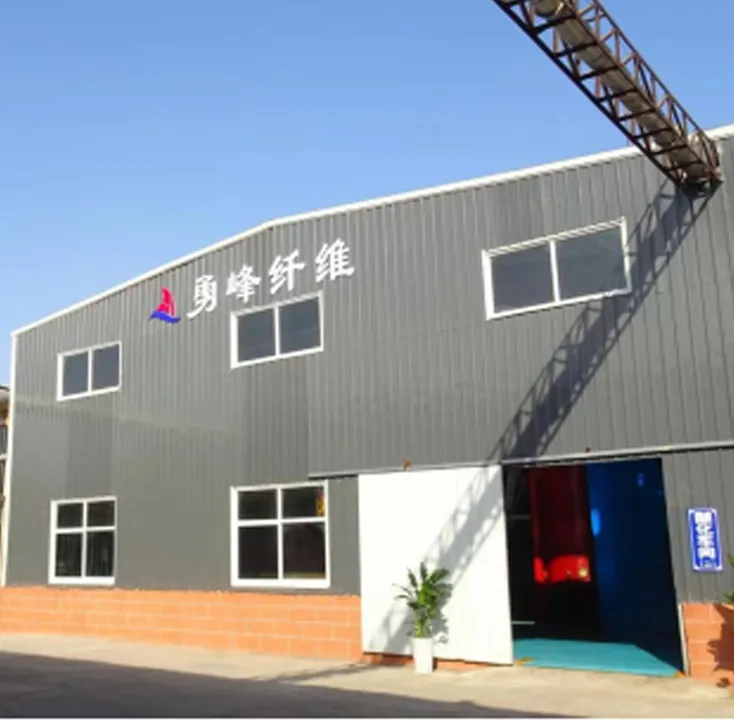Understanding HPMC Chemical Its Properties and Applications
Hydroxypropyl Methylcellulose (HPMC) is a versatile chemical compound widely used in various industries due to its unique properties. As a non-ionic cellulose ether, HPMC is derived from cellulose, a naturally occurring polymer found in the cell walls of plants. Its chemical structure is modified to include hydroxypropyl groups and methyl groups, which enhance its solubility and functional characteristics, making it an essential additive in multiple applications.
Understanding HPMC Chemical Its Properties and Applications
In the pharmaceutical field, HPMC is often employed as a binder in tablet formulation and as a film-forming agent in coatings. Its controlled release properties make it beneficial for formulating sustained-release medications, which provide a gradual and steady release of active ingredients over time. This enhances patient compliance and ensures more effective treatment outcomes.
hpmc chemical

HPMC also plays a significant role in the construction industry. As a key ingredient in dry-mix mortars, such as tile adhesives and joint compounds, it improves the workability, adhesion, and water retention of these materials, facilitating better application and finishing. Additionally, its use in cement-based products helps reduce shrinkage and cracking, contributing to the durability of constructed structures.
In cosmetics, HPMC serves multiple functions, including acting as a thickener, stabilizer, and film-forming agent. Its ability to create a smooth texture enhances the application and overall feel of lotions, creams, and gels. Moreover, HPMC is compatible with various skin types, making it a preferred choice for many cosmetic formulations.
Despite its extensive applications, HPMC is considered safe for use in food, pharmaceuticals, and cosmetics, as it is non-toxic and non-allergenic. However, like any chemical compound, it is essential to adhere to recommended usage levels to avoid any potential adverse effects.
In conclusion, HPMC stands out as a highly functional chemical compound with a wide array of applications across diverse industries. Its remarkable properties, including thickening, binding, and film-forming capabilities, make it an indispensable ingredient in food products, pharmaceuticals, construction materials, and cosmetics, highlighting its importance in modern formulations and manufacturing processes.
-
A Comprehensive Guide to Methyl Ethyl Hydroxyethyl Cellulose: Applications and Industry InsightsNewsNov.24,2025
-
Understanding Methyl 2 Hydroxyethyl Cellulose: Uses, Benefits & Industry InsightsNewsNov.24,2025
-
Hydroxyethyl Methyl Cellulose HEMC: Industrial Uses, Benefits & Future TrendsNewsNov.23,2025
-
HEMC Cellulose: Versatile & Sustainable Industrial Polymer | YoungcelNewsNov.23,2025
-
Methyl Hydroxyethyl Cellulose: Versatile Building Block for Industry & SustainabilityNewsNov.23,2025
-
CAS 9032 42 2: Understanding Polyvinyl Alcohol's Impact on Industry & SustainabilityNewsNov.22,2025




